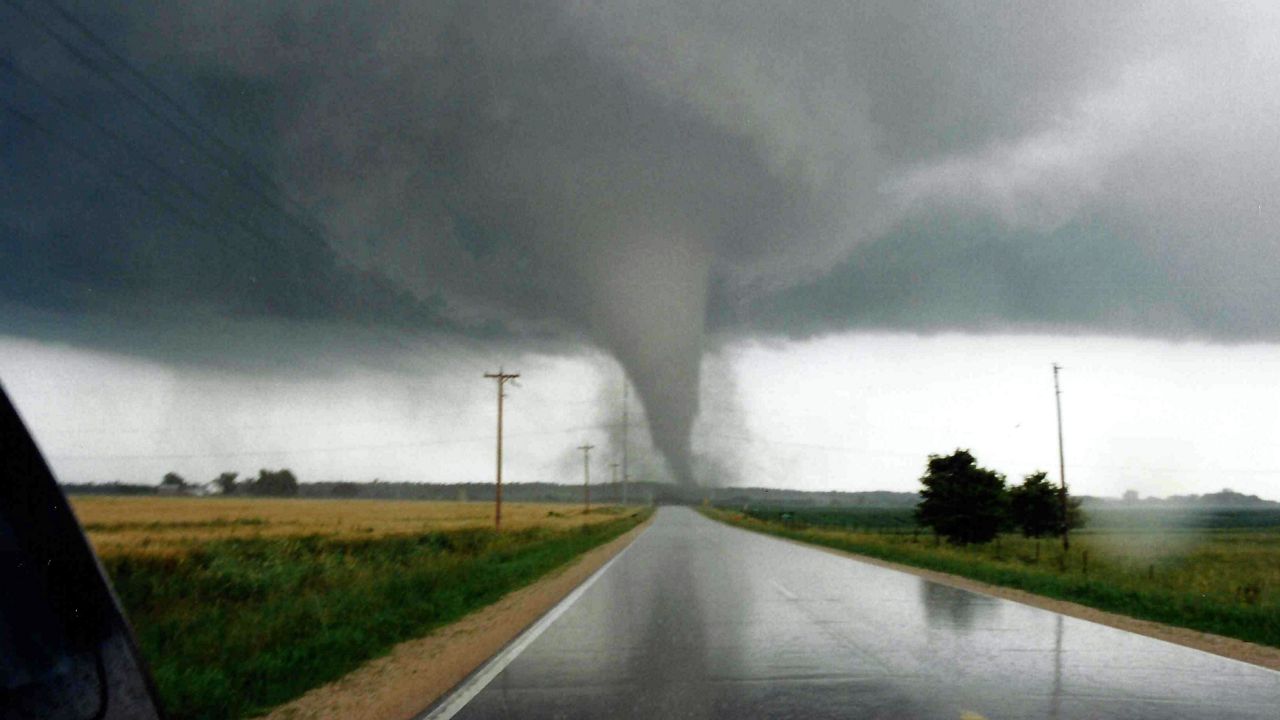The month of June is typically marked by hot air, high humidity, and big-time severe weather events. So it should be no surprise that it's also the same month where we are most likely to experience tornadoes. As you can see in the chart below, June leads in the way in months with confirmed tornadoes in our state.
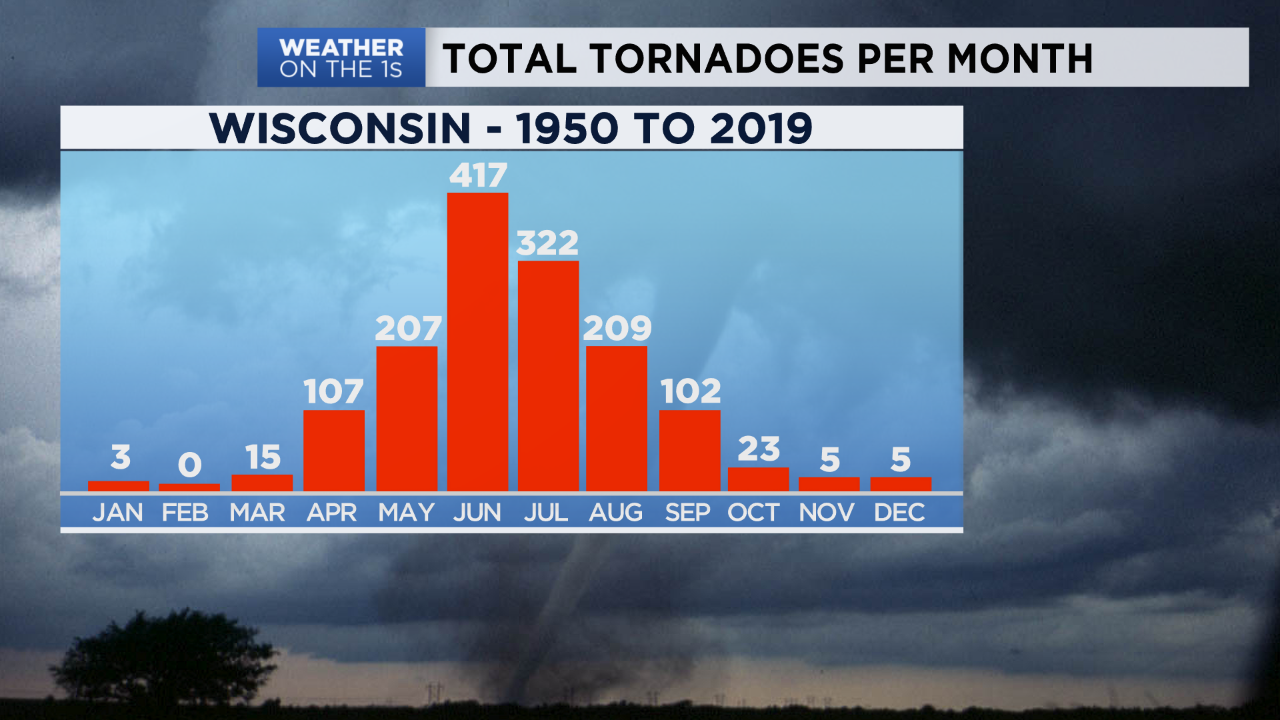
We usually can see tornado season creeping our way, as each month it gets closer as closer after the start of the new year.
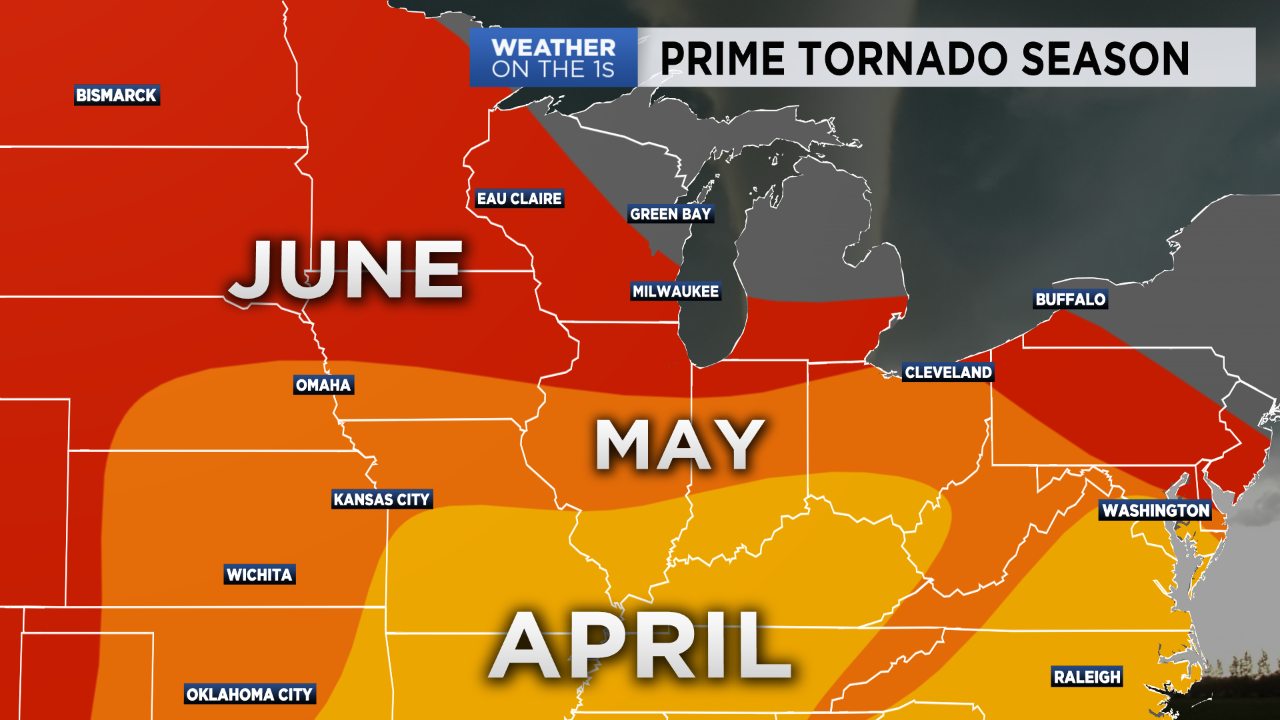
As strong storm events become more common during this time of year, various dynamics in the atmosphere place Wisconsin in a prime spot to see supercell thunderstorms develop. It's those storms that can easily spawn a tornado.
On average, Wisconsin sees about 23 tornadoes per year. That does not, however, mean they all happen in June. And, in the last five years, we've seen the range of tornado shift quite a bit. From just 17 in 2015, to 33 in 2018.
So far this year, only 1 confirmed tornado has impacted Wisconsin. But the season--and month--is still very young.
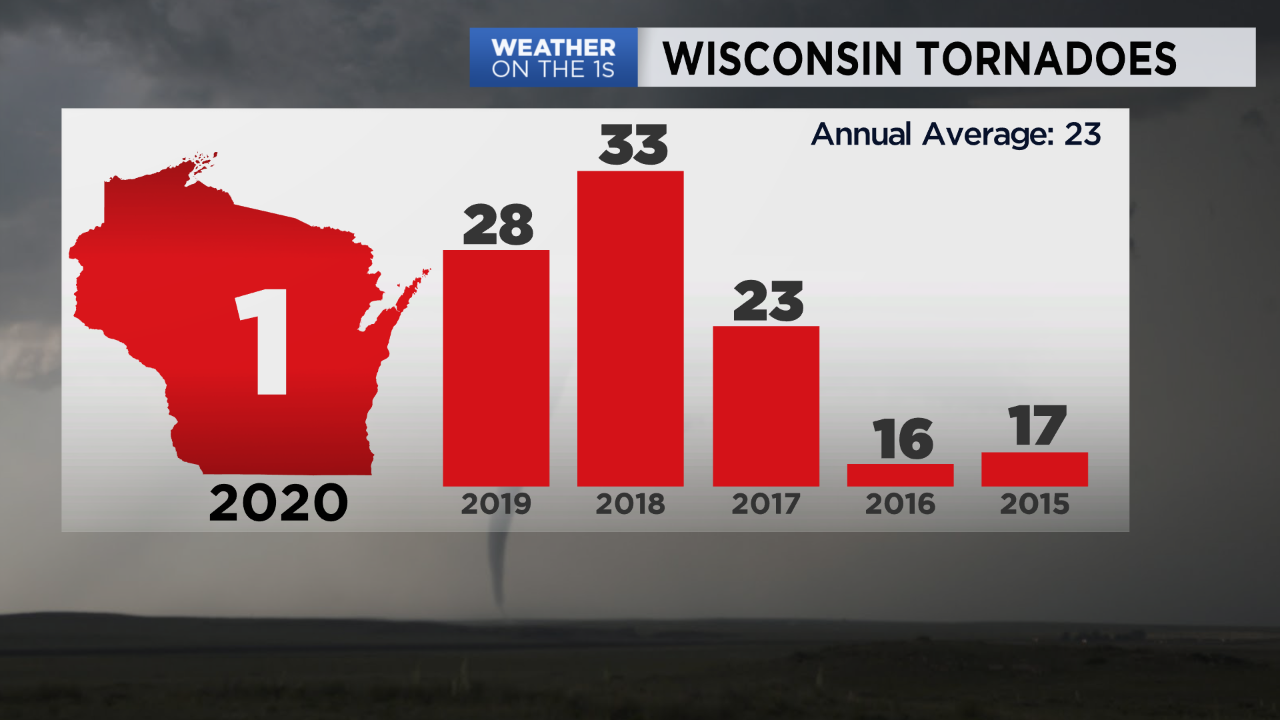
That single tornado this year? It was an EF-1 in Potsi, WI on March 28th.
Remember that tornadoes come in different shapes, sizes, and intensities. Meteorologists use the Enhanced-Fujita Scale (or "EF Scale) to rate tornadoes. The rating comes based off the estimated wind speeds of the storm; not the size of the funnel cloud.
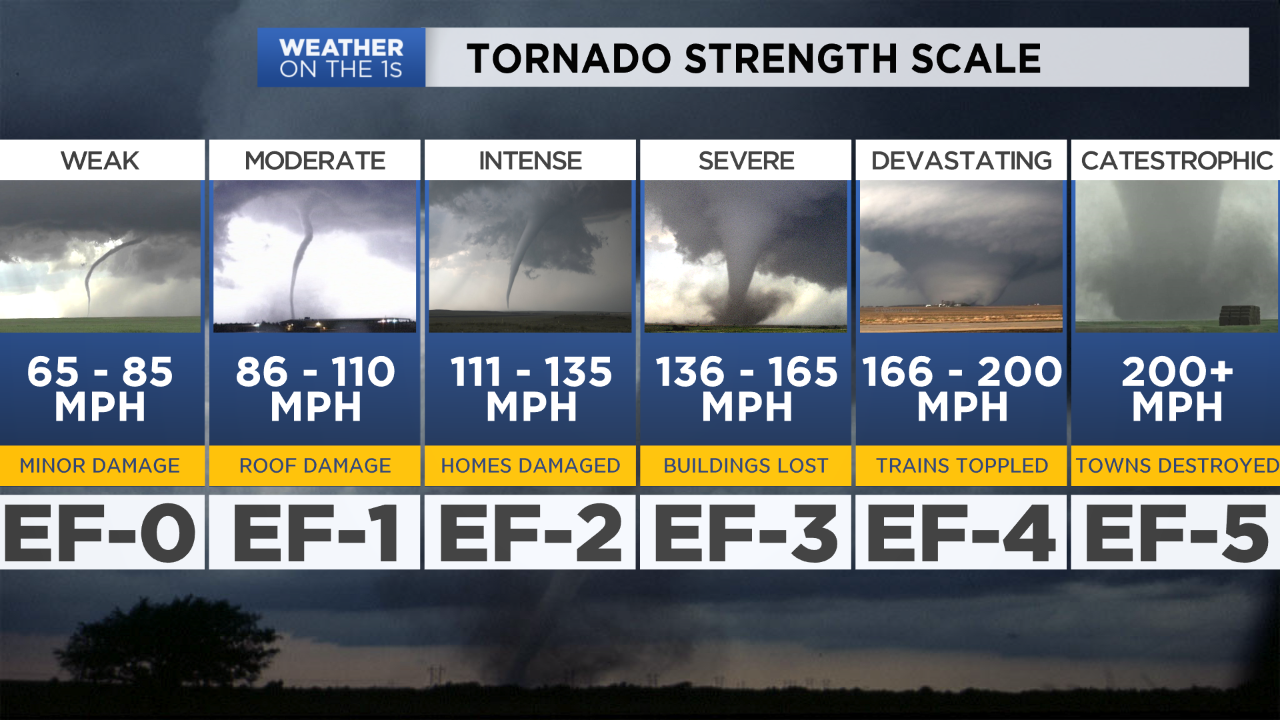
The rating is given *after* the storm has passed and a survey crew can inspect damage left behind. Some tornadoes may appear large, but have lower wind speeds and do less damage. Other times, the tornado appears very small, but the wind is so violent, it can do incredible damage.
The worst tornado (on record) to ever hit Wisconsin was in June of 1899.
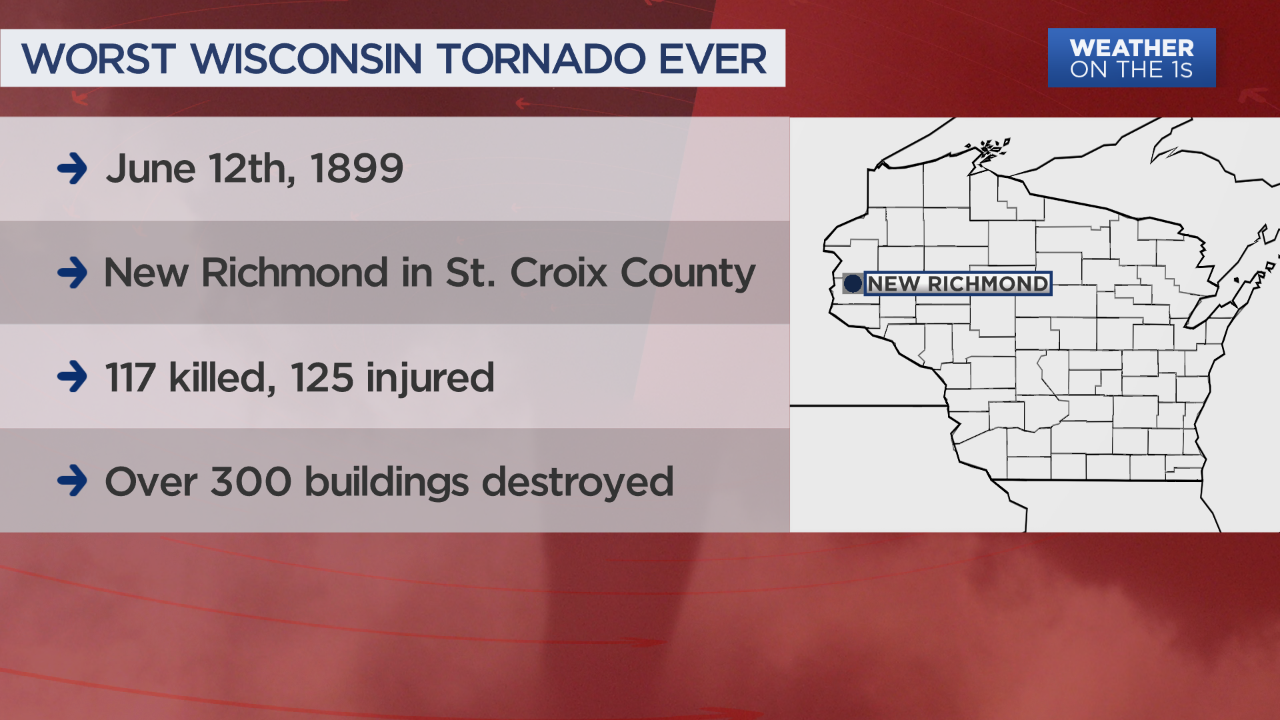
Below is a map via the National Weather Service, showing the number of tornado events on record for each county since 1844.
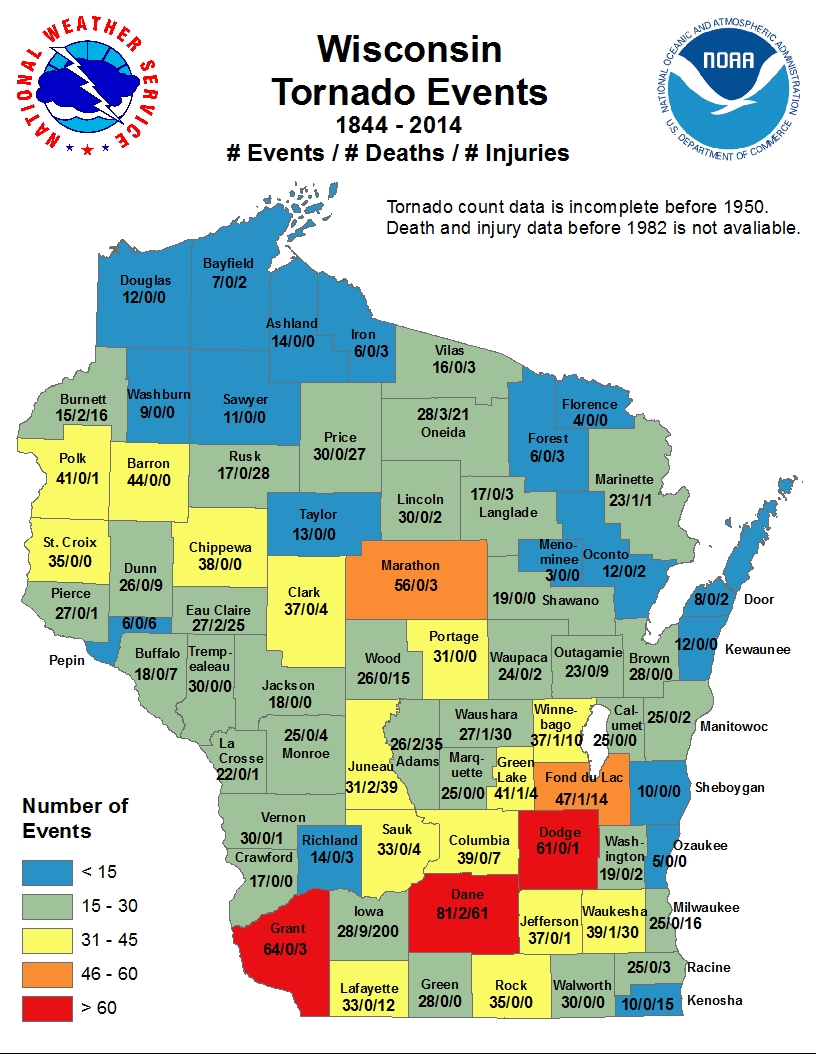
Remember, when it comes to tornadoes, the safest place you can be is underground...a basement. If you don't have a basement, get on the lowest level of your home/building and try to put as many walls between you and the outside as you can. And please don't waste time trying to open up your windows to "reduce air pressure". That's a myth and costs you valuable time!
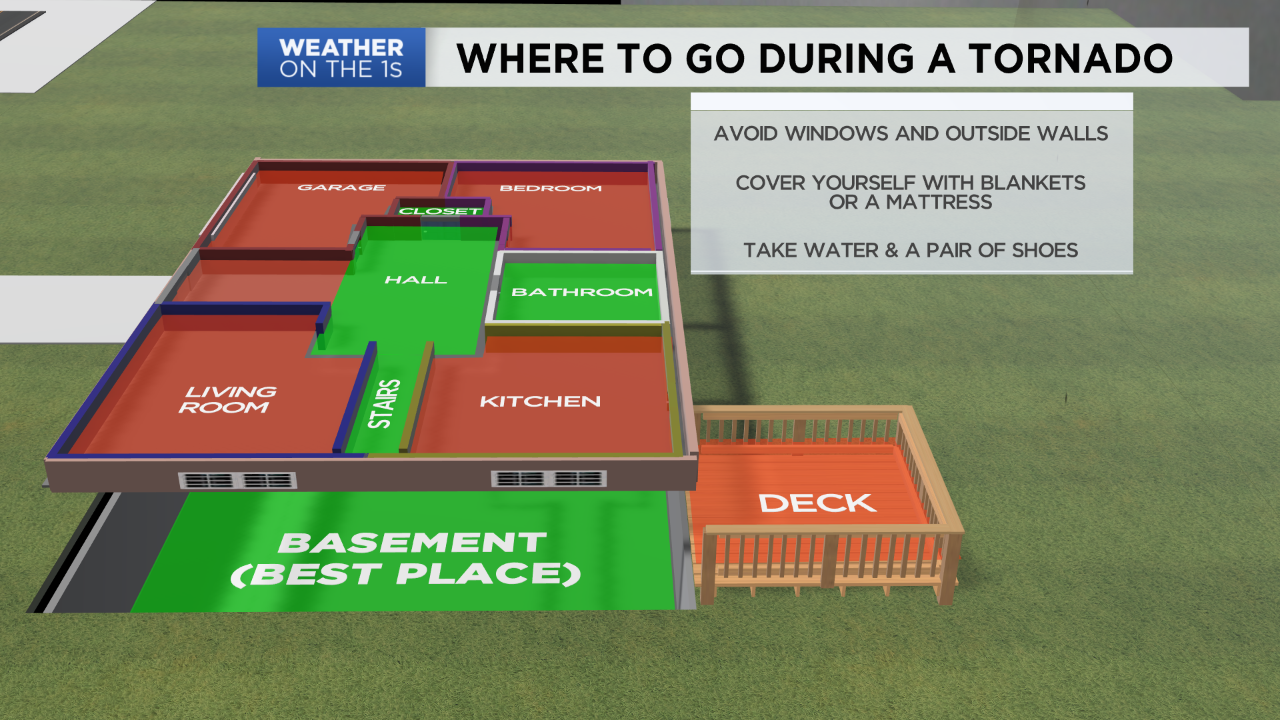
Also remember to take every tornado warning seriously. While this is the year 2020 and we have mini computers living in the palm of our hands, tornadoes remain very erratic and can be hard to predict. Often times you may only have 10-15 minutes to react and seek shelter. It's best to be safe than sorry.
Don't try and see the tornado before going to shelter. Often times, it can be wrapped in rain and very difficult to see. It's best to just seek shelter and wait for the storm to pass.
So while June is the peak month for tornadoes, it doesn't mean they suddenly stop come July 1st. Please be safe, be cautious, and be prepared this severe weather season.



